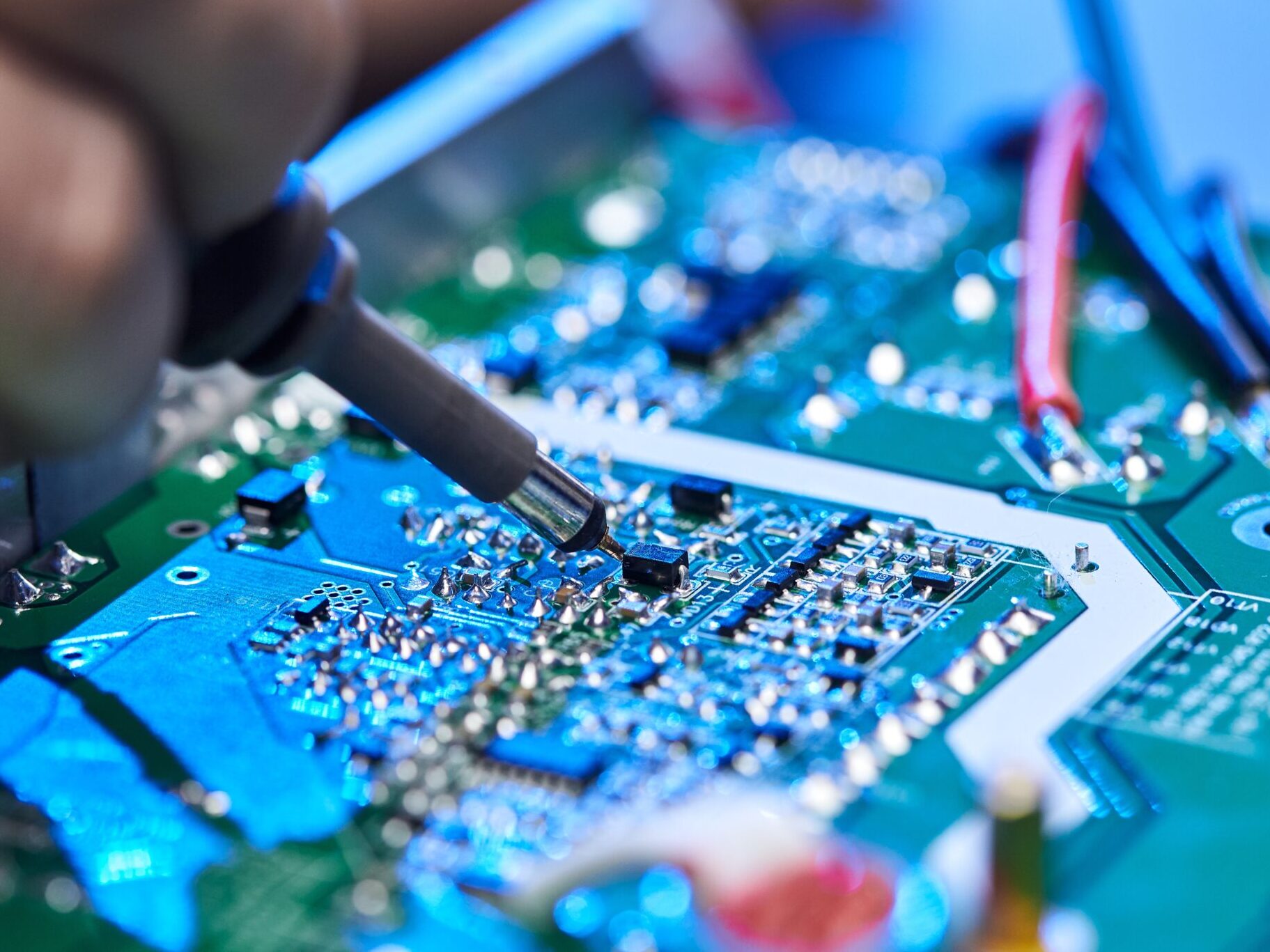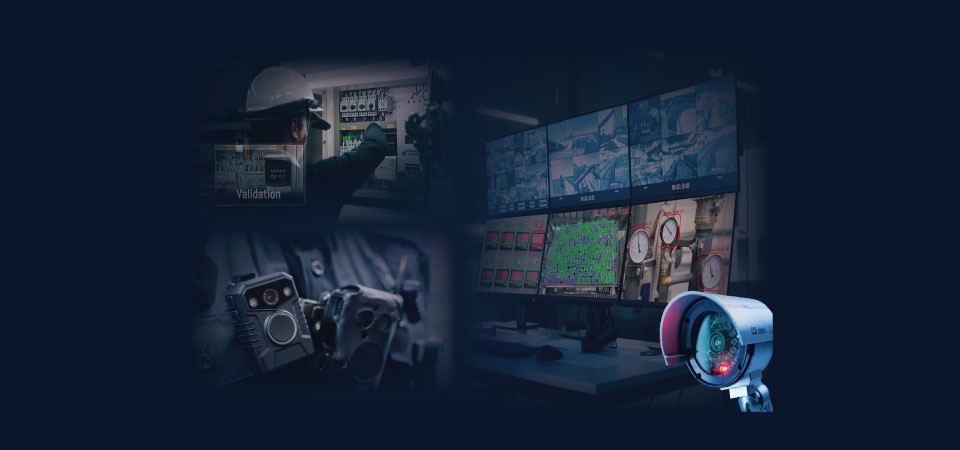What is Augmented Intelligence?
Introduction to Augmented Intelligence
Augmented Intelligence Explained
Augmented Intelligence vs. Artificial Intelligence: Understanding the Difference
Overcoming Challenges with Augmented Intelligence
Human Error
Optimization
Troubleshooting
The Main Advantages of Augmented Intelligence
Enhanced Efficiency and Productivity
By automating routine tasks and streamlining workflows, augmented intelligence allows employees to focus on high-value activities, driving productivity.
Improved Decision-Making
With data-driven insights and real-time analysis, augmented intelligence supports smarter, faster decision-making, reducing errors and enhancing outcomes.
Increased Accuracy and Quality
Real-time monitoring ensures higher accuracy in production and service delivery, minimizing human error and maintaining high standards.
Optimized Processes and Remote Collaboration
By identifying inefficiencies and facilitating real-time collaboration, augmented intelligence improves workflows and communication across teams.
Predictive Maintenance and Risk Management
Augmented intelligence anticipates maintenance needs and assesses risks, enabling proactive measures that reduce downtime and prevent costly errors.
Personalized Training and Development
Tailored training recommendations help workers improve their performance based on individual strengths and weaknesses, boosting overall effectiveness.
Additional Benefits of Augmented Intelligence for Frontline Industries
Time and Cost Savings
Augmented intelligence reduces onboarding time, training durations, and the need for in-person support, leading to enhanced operational efficiency and significant cost savings.
Quality Improvement
Augmented intelligence ensures operators adhere to procedures with precision, enabling quick identification and correction of defects, resulting in higher product/service quality.
Workforce Upskilling
Real-time feedback and insights from augmented intelligence systems support continuous skill development, improving employee performance and productivity.
Knowledge Retention
Augmented intelligence quickly analyzes complex systems to identify issues and provide solutions. Its ability to troubleshoot problems without disrupting ongoing operations ensures that challenges are addressed efficiently and with minimal downtime.
Examples of Augmented Intelligence in Industry
Aviation
In aviation, augmented intelligence aids airport apron management by delivering real-time situational awareness of aircraft, ground support equipment, and personnel. AR + AI insights help ground staff optimize turnaround processes, improve gate allocation efficiency, and mitigate delays for seamless airside operations.
Food and Beverage
Augmented intelligence enhances quality assurance in the food and beverage industry through real-time inspection of product quality. AR + AI vision assists quality control inspectors in detecting defects and contaminants with greater accuracy and efficiency, ensuring compliance with safety standards and product consistency.
Retail
In retail, augmented intelligence improves inventory management by providing real-time stock verification. AR + AI systems analyze inventory levels and shelf organization, enabling retail associates to make data-driven restocking decisions, reduce stock discrepancies, and improve the overall in-store customer experience.
Healthcare
Augmented intelligence supports surgical instrument preparation by enabling real-time counting and verification of instruments before and after procedures. AR + AI helps healthcare professionals prevent discrepancies and comply with surgical safety protocols, ultimately reducing errors and improving patient outcomes.
Electronics
In electronics manufacturing, augmented intelligence enables PCB assembly verification by detecting defects in real-time. AR + AI inspection systems assist production line operators in identifying anomalies, maintaining quality standards, and optimizing the assembly process for greater accuracy and efficiency.
Energy
In the energy sector, augmented intelligence enhances wind turbine inspections through AI-equipped drones that capture high-resolution footage. AR + AI enables maintenance crews to detect structural anomalies, assess component wear, and optimize maintenance schedules, improving operational efficiency and reliability.






